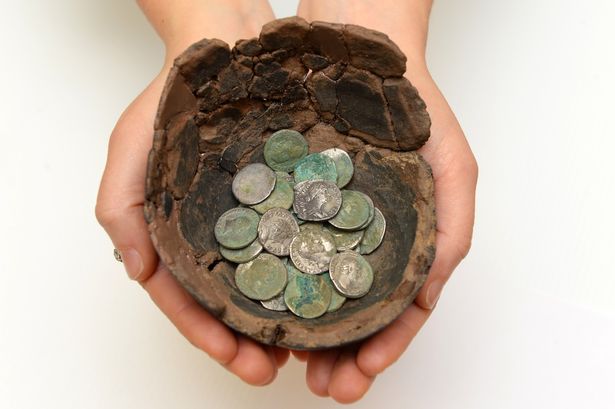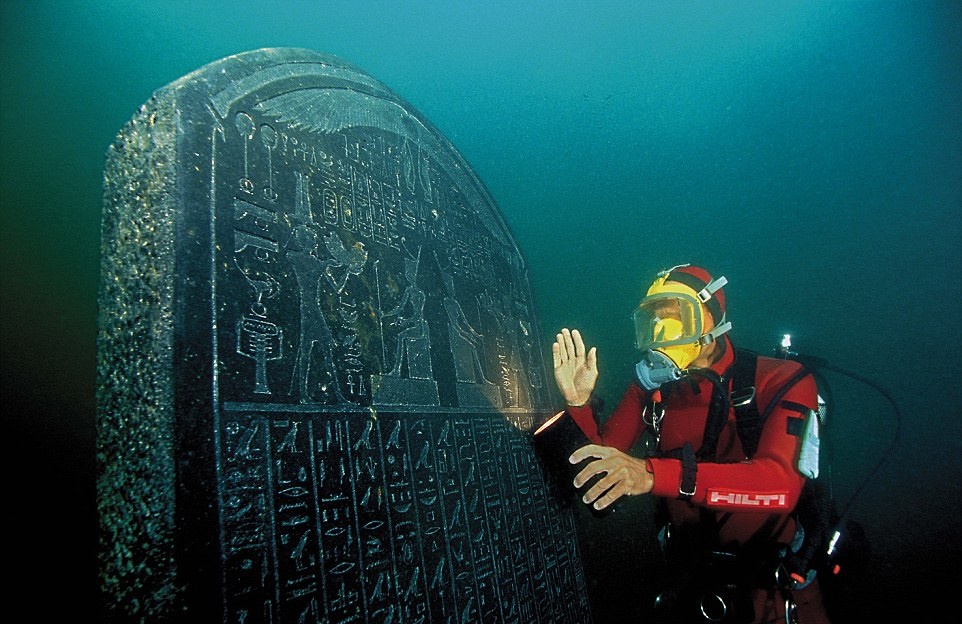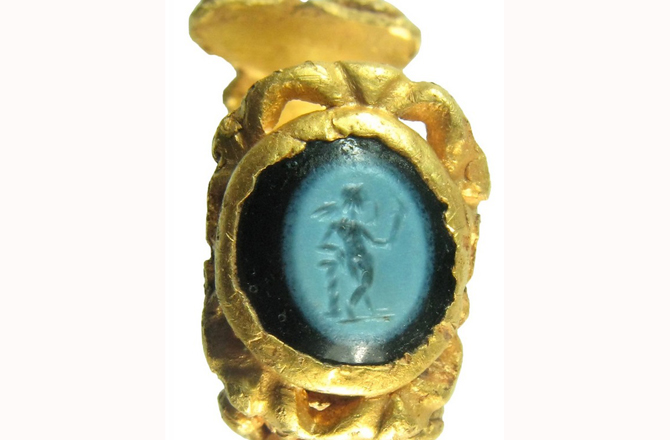The Great London:
Archeology
UK: 'Unique' Roman tombstone found in Cirencester

UK: The stage is set at Shakespeare's Curtain Theatre

UK: 76 skeletons discovered at Saxon Woolwich

UK: 500-year-old English Bible reveals Reformation secrets

UK: Dig at theatre where Shakespeare worked uncovers a surprise

UK: Roman coins issued by Mark Antony found in Welsh field

UK: 1,967 bodies exhumed at Georgian-era cemetery in UK

UK: Tudor church graffiti records names of plague victims

UK: British Museum to launch first major exhibition of underwater archaeology in May 2016

UK: Tiny Tudor treasure hoard found in Thames mud

UK: Roman gold ring depicting Cupid found in UK
